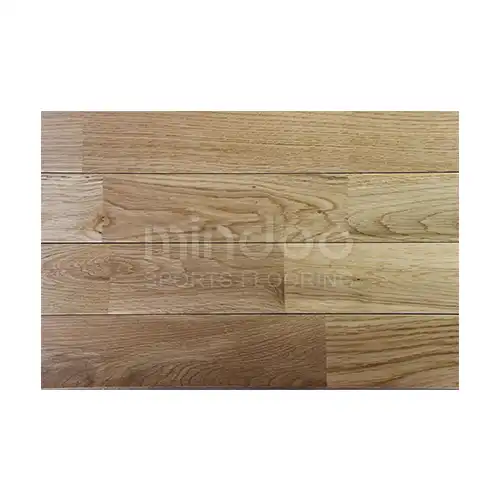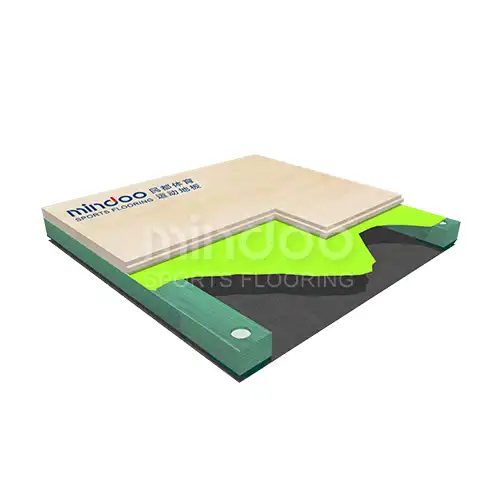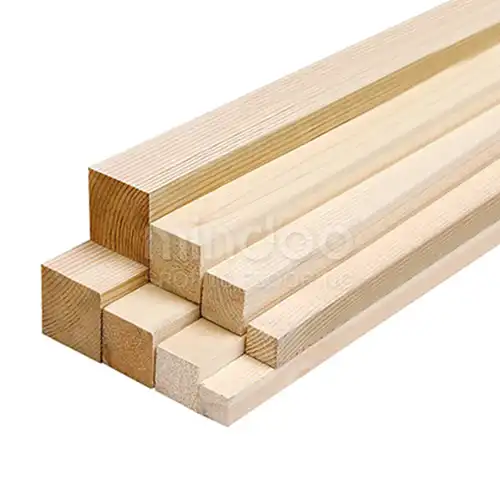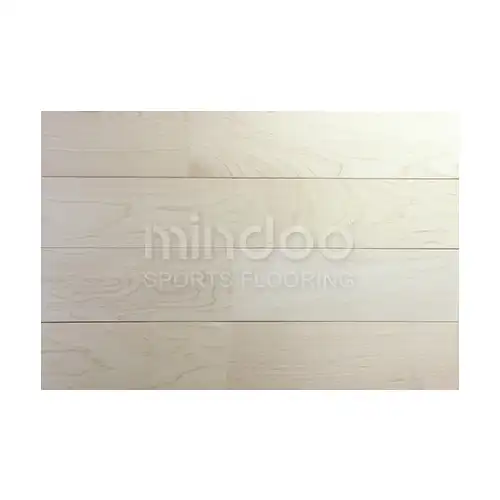Choosing the Right Flooring for Your Home Basketball Area
When designing a home basketball area, one of the most important decisions is choosing the right flooring. The material you choose will not only affect the performance of your game but also the safety, comfort, and durability of the space. Whether you're creating a small half-court or a full-sized court, the flooring should be able to withstand high-impact movements, provide adequate traction, and minimize injury risks. Here’s a professional, step-by-step guide to selecting the ideal flooring for your home basketball area.

1. Performance First: Consider the Type of Game Play
Before deciding on the type of flooring, it’s essential to understand the type of basketball experience you want to have. Are you primarily shooting hoops for fun, or are you playing competitive games? The level of play will directly influence your choice of flooring.
· Casual Play: If you're creating a recreational space for light shooting practice and casual games, you may not need the same level of cushioning or durability as a full-fledged court. However, it’s still crucial to choose a surface that offers good traction and minimal impact on your joints.
· Competitive Play: For those serious about basketball and practicing full games, the flooring needs to support dynamic movements like pivoting, jumping, and fast directional changes. In this case, you’ll need flooring with better shock absorption, consistent bounce, and a durable surface that can handle high-intensity play.
2. Materials to Consider: Weighing the Pros and Cons
Different materials offer varying levels of performance, durability, and comfort. Let’s break down the most common options for home basketball flooring.
A. Hardwood Flooring: The Traditional Choice
Wooden floors, especially maple, are the gold standard for professional basketball courts. They provide excellent performance, offering a stable, durable surface with a consistent bounce. The hardwood is relatively forgiving in terms of joint stress due to its natural ability to absorb shock.
· Advantages:
○ Classic look and feel that mimics professional courts.
○ Good shock absorption and joint protection.
○ Smooth surface ideal for dribbling and shooting.
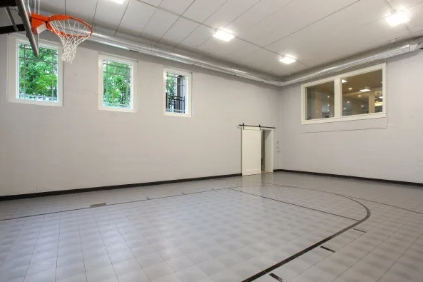
· Disadvantages:
○ Expensive and may require professional installation.
○ Sensitive to moisture; not suitable for areas with high humidity or significant temperature fluctuations.
○ Requires regular maintenance and refinishing.
B. Rubber Flooring: A Modern Alternative
Rubber flooring is another popular choice for home basketball areas. It’s typically used in gyms because of its durability and shock-absorbing properties. Rubber provides a cushioned surface that reduces the strain on joints while offering great traction.
· Advantages:
○ High durability and easy maintenance.
○ Provides excellent cushioning, reducing knee and ankle stress.
○ Resistant to moisture, making it more versatile for different climates.
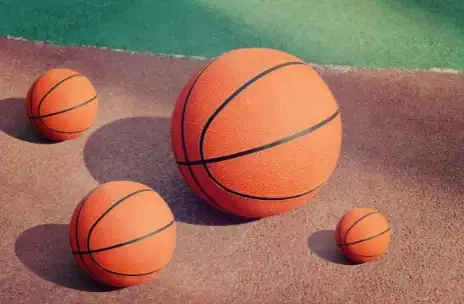
· Disadvantages:
○ Less “authentic” in terms of bounce compared to hardwood, though suitable for casual play.
○ May feel a bit too soft for players used to a more traditional court surface.
C. Vinyl Sports Flooring: Affordable and Functional
Vinyl flooring designed for sports offers a good balance of performance and cost. It’s relatively affordable, durable, and available in a variety of styles. Vinyl is known for its durability and is easier to clean and maintain than wood flooring.
· Advantages:
○ Cost-effective solution for those on a budget.
○ Available in various colors and patterns to fit your design preferences.
○ Provides a decent amount of shock absorption and good traction.
· Disadvantages:
○ Not as durable or long-lasting as hardwood or rubber.
○ Less cushioning compared to rubber or wood, which may lead to more joint strain during intense play.
3. Installation and Maintenance: Ensuring Long-Term Functionality
When choosing flooring for your home basketball court, installation and maintenance are significant factors to consider. Here’s a breakdown of what to expect.
· Hardwood Flooring: Installation is more labor-intensive and requires professional help. It also requires regular maintenance—cleaning, polishing, and refinishing every few years. The wood may expand and contract with temperature changes, so proper acclimation is necessary.
· Rubber Flooring: Rubber is typically easier to install than wood, and it can often be done as a DIY project. It’s low-maintenance and generally only needs to be wiped down periodically to keep it clean.
· Vinyl Flooring: Like rubber, vinyl flooring is relatively easy to install. It’s also very easy to maintain and only requires basic cleaning. However, it can be prone to scratches and dents over time, especially with heavy use.
4. Budget Considerations: Aligning Choices with Your Financial Plan
Budget is often a deciding factor in any flooring decision. Hardwood floors, while ideal for performance, come with a higher price tag—both for materials and installation. On the other hand, rubber and vinyl flooring offer more budget-friendly options without sacrificing much in terms of durability and functionality.
· Hardwood Flooring: High-end cost, but offers a professional feel and top-tier performance.
· Rubber Flooring: Mid-range price point with excellent cushioning and durability.
· Vinyl Flooring: The most affordable option, but with some trade-offs in bounce and shock absorption.
5. Aesthetic Considerations: Making It Your Own
While performance is paramount, aesthetics can also play a role in your decision. Hardwood floors provide a classic, elegant look that’s hard to beat. Rubber and vinyl, however, come in a variety of colors and styles, allowing for more customization to match the décor of your home or personal preferences.
